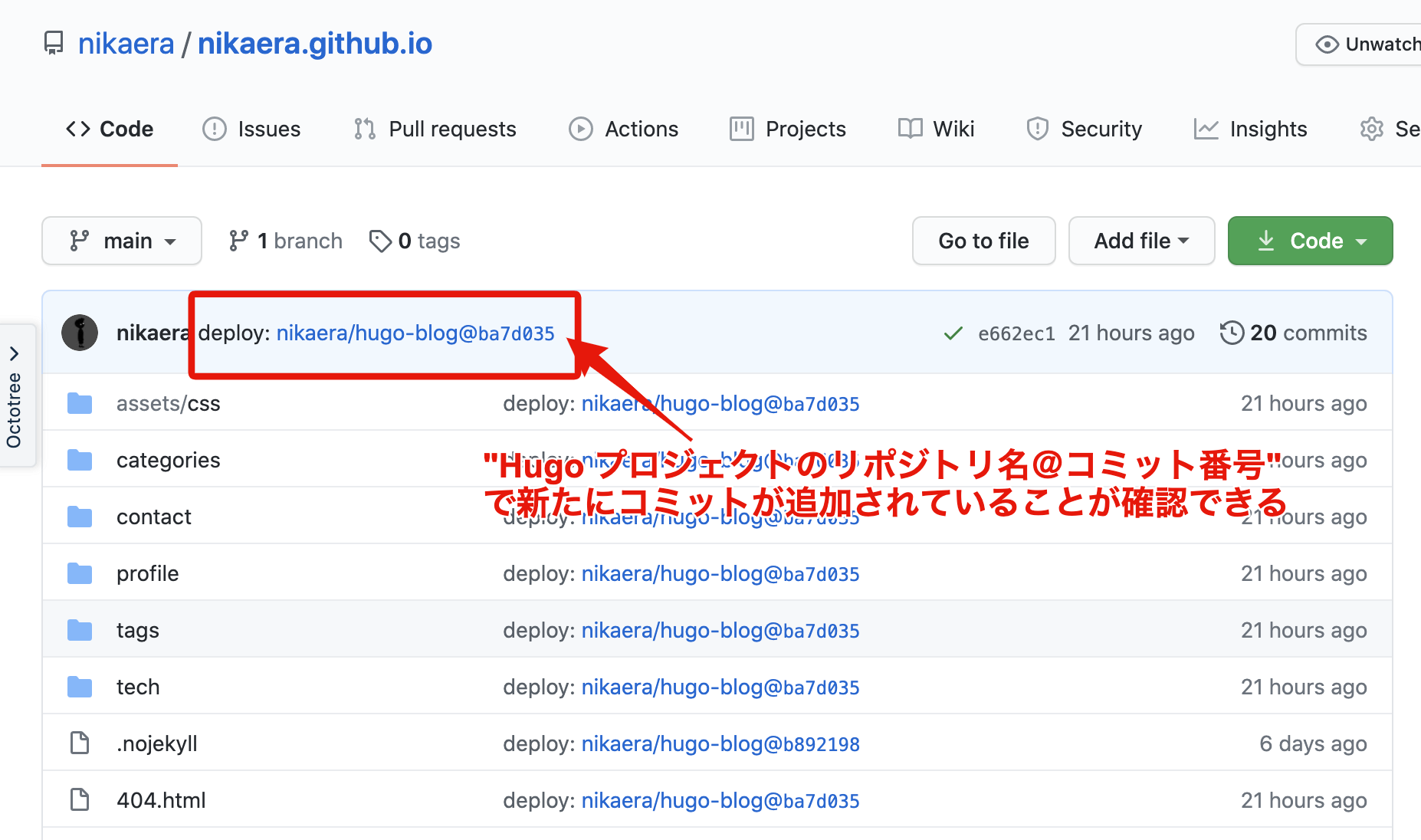
- #Hugo github pages how to
- #Hugo github pages install
- #Hugo github pages download
- #Hugo github pages windows
After that, copy other folders except exampleSite ( especially archetypes, layouts, static folders ) to MySite folder. If the theme folder contains exampleSite, you can copy the files in exampleSite to MySite folder.
#Hugo github pages how to
For example, if you write technical articles, you should check whether the theme displays Math equations and highlights code blocks well.Īfter I pick a theme, how to configure it?Ĭopy the theme folder you’ve downloaded into MySite > themes folder. (2) When previewing the theme, you need pay attention to some features that you’ll use. Without exampleSite, you’ll need much more time to configure it.

The most important file in exampleSite is the config.toml ( or config.yml, or config.json ) file, which provides an example for your configuration, so you know which parameters to tweak to get the desired result. Different themes have different settings, for example, on choosing which folder to store the posts. (1) A theme that has an exampleSite folder is easier to use. Here I’d like to give you some advice to save your time on choosing themes, for I’ve spent a lot of time on Hugo themes, picking one, configuring it and then changing to another one.
#Hugo github pages download
When you pick a theme, you can download it from its GitHub repository. Hugo Themes site has many different themes. You can regard it as the design of your website. Since a new site has been created, maybe you’d like to see what your Hugo site looks like, but wait a minute, you have to choose a theme first. Then a new folder named MySite will be created in FolderA, that is your Hugo site.
#Hugo github pages windows
In Windows Taskbar Search Box, enter cmd and select the Command Prompt result ( right click and choose the “Run as administrator” option ).

The bin folder is the place to store the Hugo binary file.

(1) Go to folder C:\Users\YourUserName, and create a bin folder in it if it doesn’t exist. More specifically, it’s the name displayed on the screen when you login in Windows. In the following steps, YourUserName refers to the user name of your Windows-system computer.
#Hugo github pages install
If you’re in the same case as mine, you may follow the steps below to install Hugo. I’m using Windows and I haven’t installed Chocolatey or Scoop, so I installed Hugo using binary files following this installation tutorial. Go to Hugo Installation Page, and find the corresponding installation for the operating system you’re using. Step 1 : Generate pages locally 1.1 Install Hugo We will use Git Command to generate website, connect to GitHub and push web pages to it.

Not that hard, right ? Now let’s dive into the details. Here we’ll use GitHub as the server to store the pages. Many people (including me) like Hugo because it’s super fast to build a site. The popular static site generators (or frameworks) are JekyII, Hugo, Hexo, etc. The pipeline of building a static websiteĪs shown in the figure above, there are two main steps in building a static website: Static sites generate web pages locally, and put them on the server, so every user will get the same view when they click the link.ĭynamic sites display different pages to different users on their requests, so it need things like databases.Īs beginners, we choose the simpler one - static sites, and it’s easy to follow after you learn the pipeline. There are two kinds of sites: static sites and dynamic ones.


 0 kommentar(er)
0 kommentar(er)
